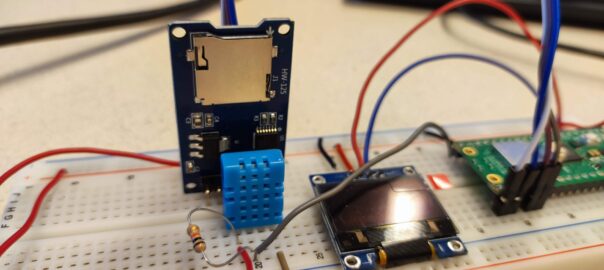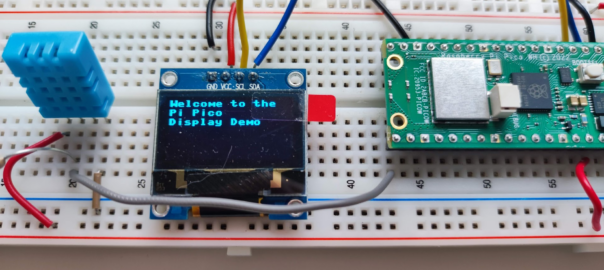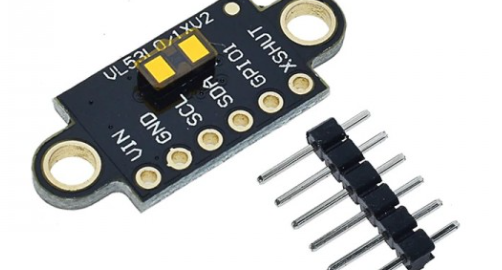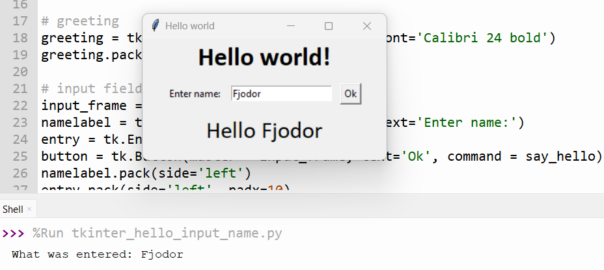
Create an RGB Led controller App
This tutorial describes how to build an electronic circuit with an RGB LED (a LED that can change color), and change its color using an App. It also demonstrates two-way communication over Bluetooth LE between an App built with Android Studio. Older versions of this tutorial: If you have and Arduino, that can also work … Continue reading Create an RGB Led controller App








